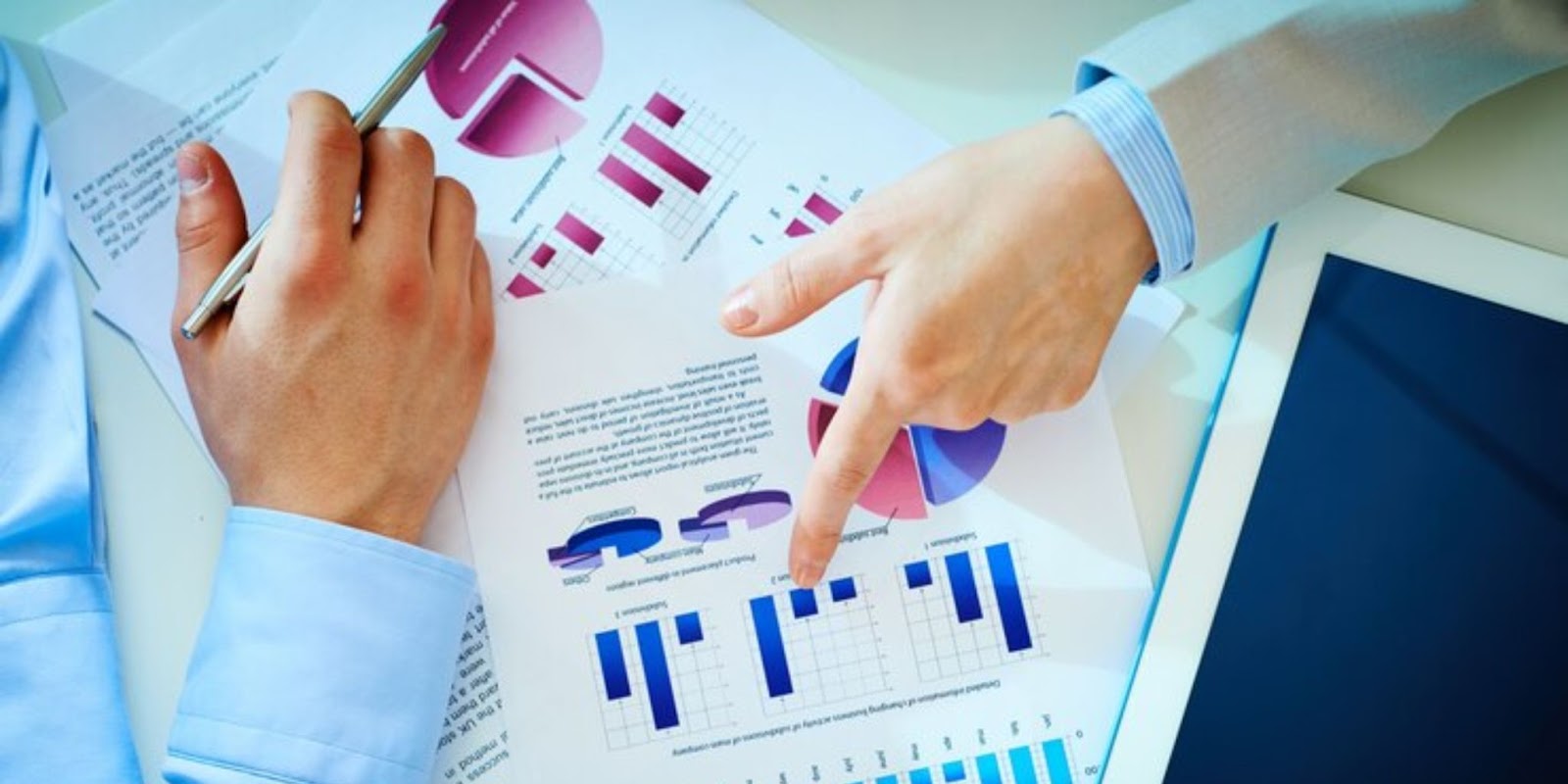In today’s digital landscape, understanding consumer behavior is paramount for businesses striving to maintain a competitive edge. As organizations pivot towards data-driven strategies, the analysis and prediction of customer behavior have become essential. This blog aims to provide a comprehensive guide on customer behavior analysis, highlighting methodologies, tools, and actionable insights that can empower decision-makers to harness consumer data effectively.

What is Customer Behavior Analysis?
Customer behavior analysis involves the systematic study of consumer purchasing patterns, preferences, and motivations. By leveraging data analytics, businesses can discern trends and make informed decisions that enhance customer experience and drive sales.
Understanding customer behavior helps businesses develop a comprehensive view of their audience, allowing them to tailor their offerings and marketing strategies accordingly. With recent updates to Google's SEO algorithms emphasizing the importance of delivering high-quality content that addresses user intent, businesses must not only gather data but also interpret it in a way that resonates with their audience. Understanding the nuances of customer behavior allows companies to build stronger relationships with their customers and create targeted marketing strategies.
Why is Customer Behavior Analysis Important?
Understanding customer behavior enables organizations to:
- Enhance Targeting: Tailor marketing efforts to specific customer segments, leading to more effective campaigns.
- Improve Product Development: Align products with consumer needs and expectations, ensuring higher satisfaction.
- Boost Customer Retention: Identify at-risk customers and develop proactive strategies to engage them.
The importance of customer behavior analysis cannot be overstated. By making informed decisions based on data, businesses can optimize their marketing efforts and improve their bottom line. For a deeper dive into the analytics landscape, consider exploring descriptive, predictive, and prescriptive analytics, which outlines the different types of analytics and their applications in understanding consumer behavior.

Steps to Analyze Customer Behavior
Analyzing customer behavior is a systematic process that requires careful planning and execution. As businesses strive to adapt to ever-changing market dynamics and consumer preferences, it becomes increasingly important to understand how customers interact with products and services.
1. Data Collection
Data is the foundation of customer behavior analysis. Companies can gather data through various channels, including:
- Surveys and Feedback Forms: Collect qualitative data directly from customers to understand their needs and preferences.
- Web Analytics: Monitor user interactions on websites to gather quantitative insights that highlight trends and patterns.
- Social Media Analytics: Analyze engagement metrics to gauge customer sentiment and identify areas for improvement.
By employing diverse data collection methods, businesses can create a holistic view of their customers. Utilizing a data analytics company can streamline this process, ensuring that data collection methods are optimized and aligned with business objectives. For instance, our data analytics services have tailored solutions to facilitate effective data gathering and analysis.
2. Data Segmentation
Once data is collected, it is crucial to segment the customer base to uncover patterns and trends. Segmentation allows businesses to categorize their customers based on various criteria, which can include:
- Demographics: Factors such as age, gender, and income level.
- Psychographics: Insights into customers’ interests, values, and lifestyles.
- Behavioral Patterns: Observations regarding purchasing habits, product usage, and brand loyalty.
Segmenting data enables organizations to create targeted marketing strategies that resonate with specific consumer groups. This process not only enhances marketing effectiveness but also fosters a deeper connection with customers by addressing their unique needs. For instance, using AI and advanced analytics can further enhance segmentation efforts, as detailed in our blog on AI Data Analytics.
3. Analyzing Data
With segmented data at hand, organizations can begin analyzing it to identify trends and insights. This process is essential for understanding how customers interact with products and services. Key techniques include:
- Descriptive Analytics: Used to understand past behaviors and identify trends.
- Predictive Analytics: Focused on forecasting future behaviors based on historical data.
Analyzing data helps businesses uncover actionable insights that inform strategic decisions. Predictive analytics is particularly powerful in consumer behavior analysis. By employing statistical models and machine learning techniques, businesses can anticipate customer needs and preferences, allowing for proactive decision-making. To learn more about the types of analytics, refer to our blog on what is advanced analytics?.
4. Predictive Modeling
The next step is to develop predictive models that can forecast future customer behaviors. This modeling can significantly enhance marketing strategies and customer relationship management. Common methods include:
- Regression Analysis: Helps identify relationships between variables to predict outcomes based on historical data.
- Machine Learning Algorithms: Utilizes complex algorithms to detect patterns in large datasets, providing more accurate predictions.
Predictive modeling enables businesses to shift from reactive to proactive strategies, allowing them to cater to customer needs before they even arise.
5. Implementing Insights
The final step involves translating analysis into actionable strategies. Decision-makers should focus on:
- Tailored Marketing Campaigns: Create campaigns that speak directly to the interests of different segments, enhancing engagement and conversion rates.
- Personalized Customer Experiences: Utilize insights to enhance customer interactions, ensuring that each engagement feels relevant and personalized.
- Continuous Monitoring and Adjustment: Regularly review analytics to adapt strategies based on evolving consumer behavior, ensuring that marketing efforts remain effective and responsive.
Implementing insights derived from data analysis is where the true value of customer behavior analysis lies.
The Bottom Line
Customer behavior analysis is not just about gathering data; it is about transforming that data into meaningful insights that can drive business success. By following a structured approach—data collection, segmentation, data analytics, predictive modeling, and implementation—organizations can gain a comprehensive understanding of their consumers.
As businesses strive to enhance customer engagement and retention, investing in robust analytics capabilities will be critical. The future of customer engagement lies in informed decision-making backed by solid analytics, paving the way for long-term success in an ever-evolving marketplace.
















